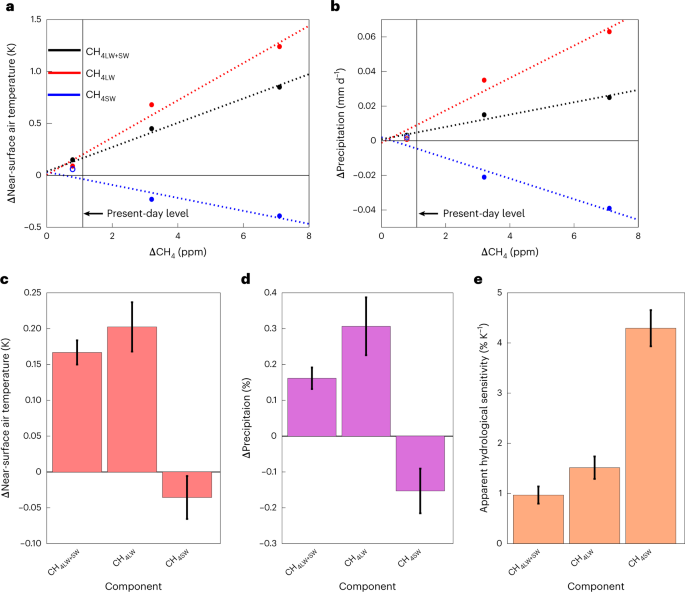2023-03-27 ブラウン大学
ブラウン大学の研究者らが、Miliolidaと呼ばれる単細胞生物の化石がこの現象を検知できることを発見した。この現象は、地球温暖化によってより頻繁に起こっているという。このような小規模なメタン分離現象は、CO2の排出量の増加を招くことがあるため、注意が必要だが、地球の生物の中にはメタンを分解することができるため、必ずしも問題がないわけではないという。
<関連情報>
- https://www.brown.edu/news/2023-03-27/methane-hydrates
- https://www.sciencedirect.com/science/article/pii/S0012821X23001140?via%3Dihub
底生有孔虫の炭素同位体に記録されたインド縁のメタンハイドレート解離現象 Indian margin methane hydrate dissociation recorded in the carbon isotopes of benthic (Miliolida) foraminifera
S.C. Clemens, K. Thirumalai, D. Oppo
Earth and Planetary Science Letters Available online:15 March 2023
DOI:https://doi.org/10.1016/j.epsl.2023.118101

Highlights
- •Anomalous carbon isotopes of Miliolida foraminifera record hydrate dissociation.
- •Anomalous isotopic values are not recorded in other planktonic or benthic species.
- •Anomalies derive from biomineralization and/or authigenic carbonate overprinting.
- •Interglacial-age dissociation events likely initiated by warming intermediate waters.
Abstract
Methane hydrates in ocean sediments have been investigated across various timescales using a broad array of indicators to better understand hydrate dynamics and climate linkages. Here we report individual benthic and planktonic foraminiferal isotopic analyses at three sites from distinct oceanic environments in the northern Indian Ocean. The multi-species, multi-site analyses identify a uniqueδ13C response in Miliolida benthic foraminifera Pyrgo spp., Quinqueloculina spp., and Spiroloculina spp. suggesting that some species within these genera record the location and timing of past methane hydrate dissociation in the stable carbon isotopic composition of their skeletal (test) material. Our results document that dissociation occurred in the Mahanadi offshore basin, northwest Bay of Bengal, during glacial, transitional, and interglacial intervals of the past 1.5 million years. More negative testδ13C coupled with more positive δ8O supports the inference of interglacial-age dissociation, likely driven by increased intermediate water temperatures.



